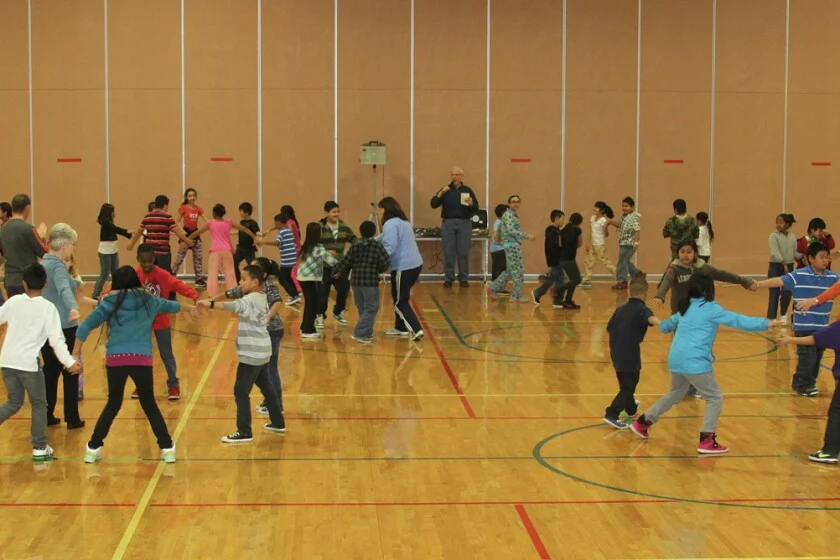
- why-square-dancing-was-part-of-school-curriculum - Why Square Dancing Was Part of School Curriculum
- do-they-still-teach-square-dancing-in-school-today - Do They Still Teach Square Dancing in School Today?
- modern-views-on-square-dance-in-physical-education - Modern Views on Square Dance in Physical Education
- student-and-teacher-perspectives-on-square-dancing - Student and Teacher Perspectives on Square Dancing
- revival-efforts-and-the-role-of-cultural-preservation - Revival Efforts and the Role of Cultural Preservation
- where-to-learn-more-about-traditional-dance - Where to Learn More About Traditional Dance
1. Why Square Dancing Was Part of School Curriculum
Square dancing entered American school curriculums in the mid-20th century, particularly in the 1950s and 60s, due to its cultural significance and social value. At the time, it was seen as a way to teach rhythm, coordination, teamwork, and introduce children to traditional American heritage. Some reports even suggest square dance was promoted as a unifying cultural element during times of political tension, such as the Cold War.
It wasn’t just about dance—it taught listening skills, spatial awareness, and gave many students their first experience of formal social interaction in a group setting. Some states even required it in physical education programs, making it as much a part of gym class as dodgeball or running laps.
2. Do They Still Teach Square Dancing in School Today?
The short answer: not widely, but yes, in some places. Square dancing is no longer a national requirement, and most public schools have gradually phased it out. However, pockets of it still exist—especially in rural areas or communities where local heritage is emphasized.
A 2022 survey from a Midwest physical education conference showed that roughly 18% of surveyed schools still included square dancing in some form, usually during elementary grades. That number increases slightly in districts where teachers have autonomy over PE curriculum or where local communities have cultural connections to the tradition.
While it's less common now, it's not entirely gone. Some teachers bring it back as a fun “retro” unit or as part of cultural heritage weeks.
3. Modern Views on Square Dance in Physical Education
Today's PE programs have evolved to include a broader range of activities: yoga, team sports, cardio-focused programs, and even dance fitness like Zumba. This shift reflects changes in student interests, health goals, and inclusivity.
Square dancing is often considered too niche or outdated, especially in urban or diverse schools where it may not resonate with the student population. However, some educators defend it for its inclusive, low-pressure format—everyone participates, and there's little focus on performance or competition.
Advocates also point out that square dancing can be adapted to teach teamwork, cultural history, and musicality. Some modern versions incorporate pop music or simplified calls to make it more accessible.
4. Student and Teacher Perspectives on Square Dancing
Many adults remember square dancing from their own childhood—with mixed emotions. For some, it was a fun break from traditional gym class. For others, it was awkward and forced, especially when it required pairing up with classmates.
“I dreaded square dancing in fifth grade,” said Julia Thompson, now a dance teacher in Colorado. “But looking back, it’s how I first became comfortable moving to music in front of others.”
Today’s teachers are more sensitive to students’ comfort levels. When square dance is taught, it’s often framed around fun rather than tradition—less “do-si-do” and more creative movement.
5. Revival Efforts and the Role of Cultural Preservation
There’s a small but passionate movement to preserve square dancing, with organizations promoting it as a valuable part of American folk heritage. Some local cultural festivals, charter schools, and homeschooling groups reintroduce it in history or arts units.
Social dance clubs and local communities sometimes partner with schools to host square dance nights. In Texas, for instance, some schools have annual events where students learn and perform square dances for family and friends, often dressed in traditional attire.
If you're curious about exploring or reviving square dancing in your school or community, American Dance Academy offers both in-person and online classes that celebrate traditional and folk dance forms, including square dance adapted for modern audiences.
6. Where to Learn More About Traditional Dance
For educators, parents, or curious dancers, there are many ways to explore the roots of square dancing and other traditional forms. Sites like American Dance Academy provide curated content, curriculum kits, and training tools designed to make folk dance fun and accessible again.
By engaging with modern platforms while honoring old traditions, square dancing doesn’t have to be a relic of the past—it can be a lively, community-building experience that brings people together, just like it was intended to decades ago.
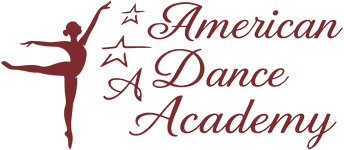
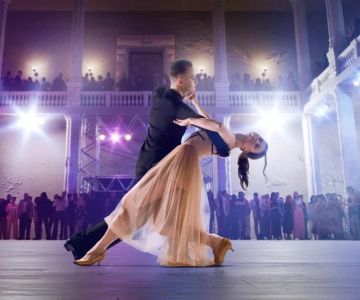
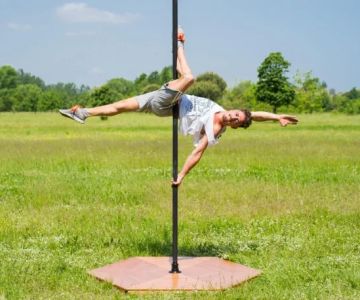
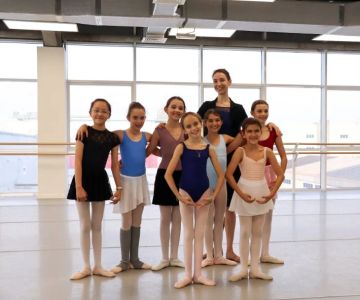
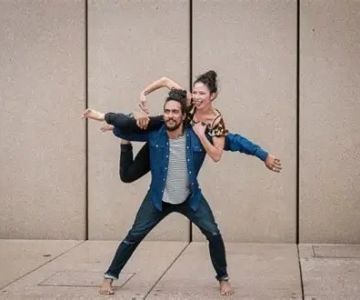

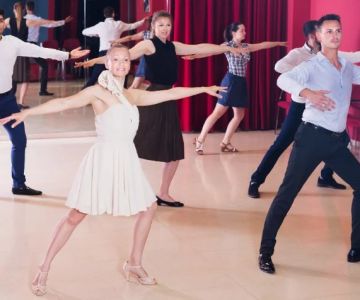
 Barrington Dance Academy5.0 (22 reviews)
Barrington Dance Academy5.0 (22 reviews)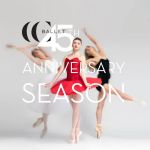 Canyon Concert Ballet4.0 (17 reviews)
Canyon Concert Ballet4.0 (17 reviews)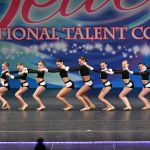 Big City Dance Center LLC4.0 (25 reviews)
Big City Dance Center LLC4.0 (25 reviews)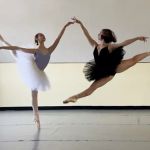 Tye Chua Dance & Kalamazoo Ballet5.0 (18 reviews)
Tye Chua Dance & Kalamazoo Ballet5.0 (18 reviews)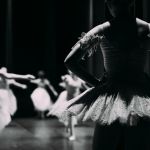 Fenton Ballet Theatre4.0 (24 reviews)
Fenton Ballet Theatre4.0 (24 reviews) Front Street Dance Center5.0 (7 reviews)
Front Street Dance Center5.0 (7 reviews) Are There Dances in Middle School? What Students and Parents Should Know
Are There Dances in Middle School? What Students and Parents Should Know How a Dance School in Instagram Builds Community and Success
How a Dance School in Instagram Builds Community and Success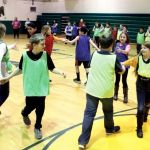 Why Do Schools Teach Square Dancing?
Why Do Schools Teach Square Dancing?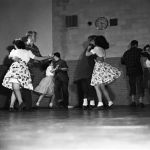 Why Was Square Dancing Taught in School?
Why Was Square Dancing Taught in School? Why Swing Dance Is Popular for Adults
Why Swing Dance Is Popular for Adults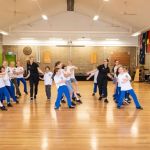 A School Dance: How to Prepare, Shine, and Make It Unforgettable
A School Dance: How to Prepare, Shine, and Make It Unforgettable